For years people have asked the question, “Is there really a difference between raw food (or real food) and processed food?” Many people believe what the packages promote and the T.V. ads imply: “No.” But what is the truth?
When working on my Master Herbalist course, one of the projects we were to work on was finding out the difference in certain processed foods and real or raw foods. This was right up my alley. I looked forward to this project because I really enjoy the nitty-gritty. I love seeing evidence and finding out the truth.
So here are a few results that I found. I am not going to share my whole project with you though. My desire is for this post to inspire you to do some of your own digging and truth finding on your own.
Some things to note before we begin:
- I did not use organics or grass-fed foods to compare. These are strictly conventional raw produce, etc. compared to their processed counter parts.
- I did not compare frozen. We will use frozen in our household when fresh is not available. It is still a good option, though not the absolute best.
- This project took many, many hours. I did not use the first thing that popped up on the Internet to determine any facts. I dug and dug, then dug some more to get the best and most reliable answers I could find.
Vitamin A
Cooked peas vs. fresh green peas: in 1 cup cooked green peas, such as split peas there are 16 IU’s of vitamin A; in 1 cup raw peas there are 1,109 IU (or 37% of the recommended daily intake) of vitamin A. Wow!
White bread vs. whole wheat bread: there are 0 IU vitamin A for 1 slice of white bread; there are 1.04 IU’s vitamin A for 1 slice of whole wheat bread.
Sunny Delight (or similar) vs. Orange juice: there are 0 IU of vitamin A in Sunny Delight; where there are 172 IU’s vitamin A in orange juice from 1 piece of fruit.
Microwaved popcorn vs. air popped popcorn: there are 17 IU’s vitamin A in 1 cup microwaved popcorn; there are 16 IU in 1 cup air popped popcorn.
NOTE: Now, I know someone is going think, “Yay! I get to eat microwaved popcorn because it has more vitamin A than air popped! Sorry, one instance of one thing having a little more in one vitamin does not a good food make. This just means that in this instance, it is likely that the oil used in the average microwaved popcorn has some vitamin A. That will change the vitamin content, but the poisons in the microwave bag will ultimately harm you more than that little IU of vitamin A will do you good. Think through things like this when doing research.
Processed cheese spread vs. natural cheddar cheese: there are 142 IU vitamin A for 1 oz. processed cheese spread; and there are 142 IU vitamin A for 1 oz. natural cheddar cheese. In this instance it doesn’t change. That’s great, but again you will see more revealing evidence as we keep going through these scenarios
Mashed potato mix vs. whole potato: there are 0 IU’s vitamin A in mashed potato mix; astoundingly there are 18,869 IU’s in 1 cup cubed Sweet Potatoes and 2 IU’s in 1 medium Russet Potato. Quite the difference between type and processed when it comes to potatoes!
Zinc
Canned green peas vs. fresh green peas: there is 1.2 mg of zinc in 1 cup canned green peas; and 1.8 mg of zinc in 1 cup raw green peas.
White bread vs. whole wheat bread: there is .1 mg of zinc in 1 slice of white bread; there is .7 mg zinc in 1 slice whole wheat bread.
Regular peanut butter vs. natural peanut butter: there is any where between 7.2-7.5 grams of zinc per 1 cup of natural peanut butter and it seems to be the same for regular peanut butter. Again, we will look at other things reasons to avoid the processed and added to peanut butter down the list. Just because they have the same amount of zinc doesn’t mean it will be as healthy for you.
Sunny Delight (or similar) vs. orange juice: in 1 cup of drinks similar to Sunny Delight there are 0 mg of zinc; in 1 cup of raw orange juice there is .1 mg of zinc.
Microwave popcorn vs. air popped popcorn: in 1 ounce of microwaved popcorn there is .7 mg’s of zinc; in 1 cup air popped popcorn there is .3 mg’s of zinc. You will see more differences that reveal why there is more zinc but not necessarily the best thing to eat below.
Processed cheese spread vs. natural cheddar cheese : 1 cup processed cheddar cheese has 4 mg’s of zinc; and 1 cup diced cheddar cheese has 4.1 mg’s of zinc.
Mashed potato mix vs. whole potato: 1 cup of mashed potato mix has .4 mg’s of zinc; in 1 cup (or 1 large) baked potato there is 1 mg of zinc, and a sweet potato has in 1 cup, .6 mg’s of zinc.
Chromium
Canned green peas vs. fresh peas: the best I could find is that 1 cup cooked green peas has 0.69 mcg of chromium, but chromium is reduced when cooking, so raw peas probably contain a larger amount.
White bread vs. whole wheat bread: I can’t find any evidence that white bread has chromium in it; there are approximately 14 mcg’s of chromium in 1 slice of whole wheat bread.
Sunny Delight (or similar) vs. orange juice: no information of chromium in orange drinks like Sunny Delight; in 1 cup of fresh orange juice there is 2 mcg’s of chromium.
Processed cheese spread vs. natural cheddar cheese: there are 0 grams of chromium in processed cheese spread; and 9 mcg’s of chromium in 100 grams (about 3 slices or 3 oz.) of cheddar cheese. That is an exceptional difference.
Mashed potato mix vs. whole potato: I did not find any evidence of chromium in mashed potato mix; yet, there were 27 mcg per 100 grams (about 1 large) of white potato and in 1 medium sweet potato there is 36 mcg’s of chromium.
Differences Between Foods (hydrogenated fats, sugars, etc.)
Now for the final unveiling of mysteries regarding these food comparison’s. As you have seen, some of these foods there were minimal differences in processed verses raw. One in particular, microwaved popcorn, seemed to have more than it’s touted to be healthier counter part air popped popcorn. What you will see here are the other benefits you receive when eating as close to raw and fresh as possible!
Canned green peas vs. fresh green peas: Sugar and salt are often added to canned green peas, whereas fresh are pure and simple. They retain their fiber and protein making a great resource for those wanting to save money and eat healthy as they are quite inexpensive!
White bread vs. whole wheat bread: High fructose corn syrup, hydrogenated oils, soy, preservatives and other such ingredients including added vitamins and minerals are added to white bread, usually. Whole wheat bread if homemade is simply wheat, healthy oils, and some form of healthy sweetener. The vitamins and minerals remain and even develop with the process of using a starter and baking at home, when they reduce and need to be added in a “not as natural state” purchased from stores and bakeries. That is, unless your bakery is truly making the bread like you might.
Regular peanut butter vs. natural Peanut butter: Regular peanut butters contain hydrogenated oils, sugar, salt and mono and diglycerides. Natural peanut butter contains peanuts and their natural oils, sometimes added salt. Hydrogenated oils, we all know are terribly harmful to our health as are mono and diglycerides. Try to avoid them as much as possible.
Sunny Delight (or similar) vs. orange juice: Sunny Delight and similar drinks contain water, high fructose corn syrup, different juices, modified food starches, gums, dyes, and preservatives. No thank you! I will take the raw and natural state of oranges where fresh orange juice contains oranges and water. The taste alone is far better.
Microwave popcorn vs. air popped popcorn: The basic microwave popcorn contains hydrogenated fats or oils, artificial and natural flavors, preservatives, and soy products. The bag contains toxins that can definitely get into the popcorn and cause health issues too. Air popped popcorn contains plain corn kernels that have been heated and popped. Now you see why microwaved popcorn may have had a few more vitamins, but those vitamins would be totally worthless when you cook them in a poisonous package.
Processed cheese spread vs. natural cheddar cheese: Processed cheese spreads contain added liquids from water (usually), preservatives, and added proteins such as whey protein and natural and artificial coloring. Natural cheddar cheese contains milk, enzymes, salt and sometimes annatto coloring (from vegetable). As you saw in the nutritional analysis, natural cheese contains a lot more vitamins as well. The processing in other cheeses not only adds unnecessary ingredients but takes away valuable essentials.
Mashed potato mix vs. whole potato: Mashed potato mixes often contain mono and diglycerides, and preservatives. When you get ones with flavors these can have corn syrup, hydrogenated oils, more preservatives, bad yeast, starches, and anti-caking agents. Whole potatoes are perfectly natural and simple. They contain loads of vitamins and minerals that even allow our bodies to properly digest and use the higher starches they contain. Sweet potatoes are even better.
Wrapping it Up
The research here shows you just how “real” your food is. It is also revealed some myths and lies that the marketing companies don’t want you to know.
I know that if you are working on a budget it can feel so challenging to make changes to real foods. I want you to consider:
- If you keep putting foods that poison or can damage your body, some even take away what you need to be able to process that food, you will eventually end up needing large amounts of healthy food and supplements to revitalize what you lost. So you are really wasting your money while filling your tummy.
- Feeding our children lesser qualities foods will lead to a greater needs in their developing bodies. This can lead to physical and developmental delays, and aggravate conditions such as ADHD. You will also need to treat them heavily to reduce the contamination and build up in the body.
- Start making small changes now, they will add up. Making the transition to real food will be saving your family money, and lot’s of it, in the end.
Know this: you will save money now and in the future. Rather than investing in your health with prescriptions and medications that have myriad of side effects causing other problems, you will be blessing your future with your healthy investments in your family now.
One small fact few people know about me is that I didn’t come to real food and healthy eating just because I knew it was good, it was actually to save money! It ended up being that health came along with it as well as a deep desire to understand the why’s behind it all. Now, no matter what happens, we will always choose the real food way as best as we can.
For real food recipes that are inexpensive and family friendly visit my site at Counting All Joy.com, the recipe section here at Intoxicated On Life and another contributor site, Simply Healthy Home.

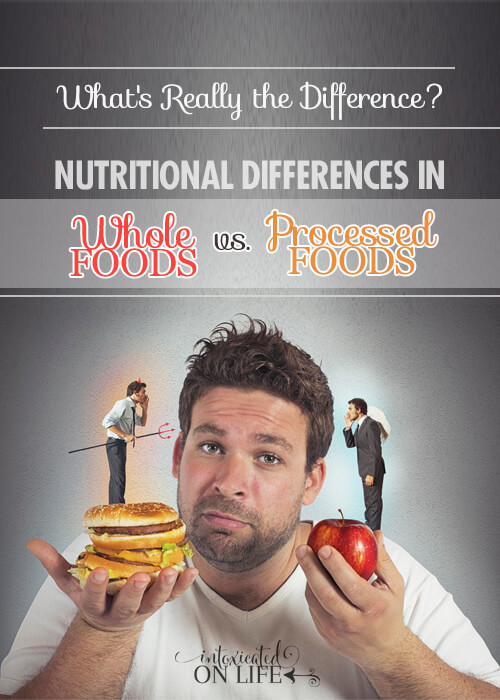
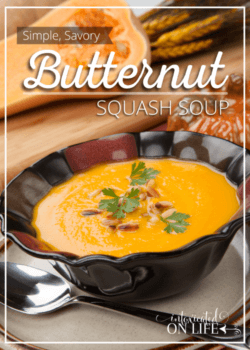

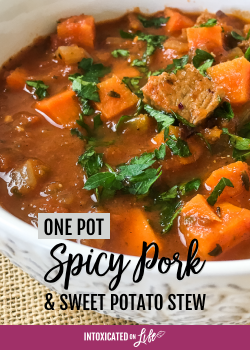
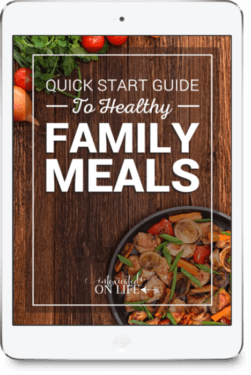
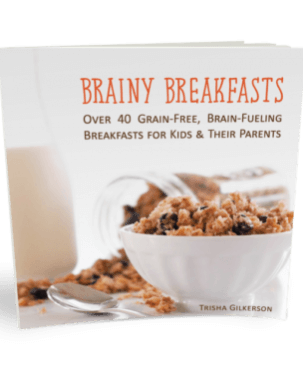
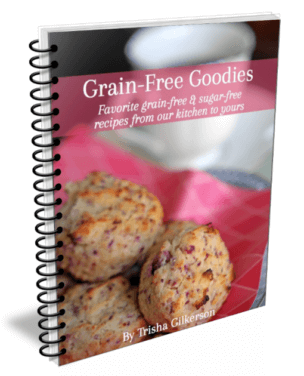
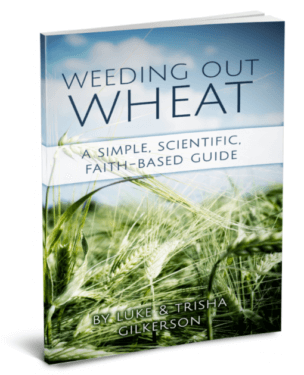
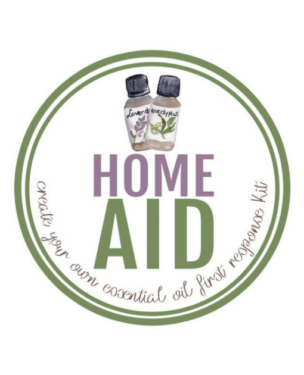

Thanks for doing so much digging to share this information with us! And thank you for linking up to Works for Me Wednesday!
You’re welcome Mary. 🙂 Blessings! Amanda